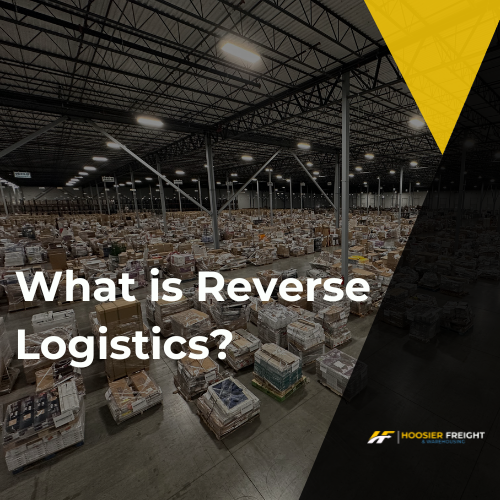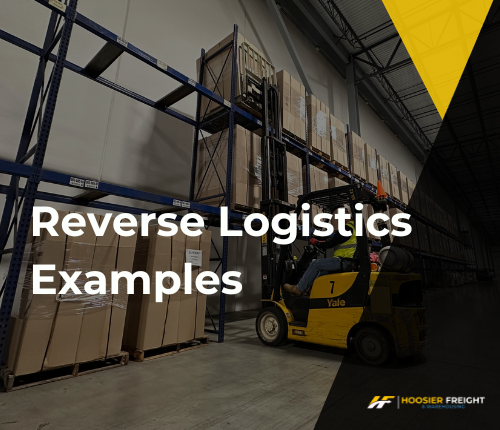
What is Reverse Logistics?
In the world of supply chain management, logistics plays a crucial role in ensuring products reach consumers efficiently. But what about the journey backward? Enter reverse logistics, an essential yet often overlooked aspect of the process. So, what is reverse logistics?
Simply put, reverse logistics is the process of managing the flow of goods from their final destination back to their origin. Unlike traditional logistics, which focuses on moving products forward from manufacturer to consumer, reverse logistics deals with the movement of products in the opposite direction. This could include returns, repairs, recycling, or disposal of products.
Returns are perhaps the most common scenario in reverse logistics. When a customer decides to return a product, whether due to defects, dissatisfaction, or other reasons, the item needs to be shipped back to the seller or manufacturer. Reverse logistics ensures that returns are processed efficiently, minimizing costs and maximizing customer satisfaction.
However, reverse logistics goes beyond just handling returns. It also involves activities such as refurbishing, remanufacturing, or recycling products to extract value from them. For instance, returned electronic devices may undergo refurbishment to fix any issues before being resold, or their components may be recycled to minimize waste.
Repair and warranty services are another critical aspect of reverse logistics. When a product malfunctions within the warranty period, customers expect prompt repairs or replacements. Reverse logistics ensures that defective products are collected, repaired, and returned to customers in a timely manner, maintaining brand reputation and customer loyalty.
In addition to returns and repairs, reverse logistics also encompasses the disposal of products that have reached the end of their lifecycle. This involves proper disposal methods to comply with environmental regulations and minimize ecological impact. Recycling, reusing, or safely disposing of products and materials are all part of the reverse logistics process.
Now that we understand what reverse logistics entails, let’s explore why it’s important. Efficient reverse logistics can have several benefits for businesses:
- Cost Reduction: By optimizing reverse logistics processes, companies can minimize transportation, handling, and disposal costs associated with returned or defective products.
- Customer Satisfaction: Prompt handling of returns and repairs enhances customer experience and fosters loyalty, ultimately leading to repeat purchases and positive word-of-mouth.
- Environmental Sustainability: Proper disposal and recycling of products contribute to environmental sustainability by reducing waste and conserving resources.
- Brand Reputation: How a company handles returns and post-sale services reflects its commitment to customer satisfaction and quality, impacting its reputation positively.
- Revenue Generation: Through refurbishment, remanufacturing, or resale of returned products, companies can recover value and generate additional revenue streams.
Reverse logistics is an integral part of the supply chain that manages the flow of products from consumers back to their origin. It encompasses returns, repairs, recycling, and disposal of products, with the aim of minimizing costs, maximizing value, and ensuring customer satisfaction. By understanding and optimizing reverse logistics processes, businesses can gain a competitive edge in today’s dynamic market environment.



